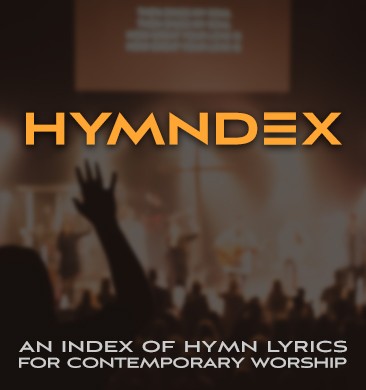Marty Nystrom looks for worship trends:
CCLI (Christian Copyright Licensing International, Inc.) releases a semi-annual list of the top worship songs sung by churches throughout America.
A similar list is also published in Europe, Australia, South Africa, and the other far-flung locales where CCLI works with churches to “encourage the spirit of worship”. Each list is an indicator of the songs that have crossed not only denominational boundaries, but also the sometimes fuzzy lines between worship styles in different regions.
As a songwriter I’ve studied this list closely through the years. Not only have I watched it for worship trends but also for song elements that have remained consistent regardless of changing musical styles. Here are my “Top Ten Traits” that are important in the success of these favorite worship songs.
1. Universal Theme
A successful lyric will be an existing sentiment in the hearts of worshipers from a broad audience. A song on the top of the CCLI list is there because its theme remains true to worshipers regardless of age, denomination or cultural background. Lyric phrases such as “How Great is Our God” and “Your Love Never Fails” are relevant and honest expressions for all believers. A lyric should not require an in-depth Bible study before it can be appreciated.
2. Lyric Consistency
A strong song will have a theme that remains consistent through all of its sections. The lyrics in the verse will support or build on the topic stated in the chorus. A strong song will not wander from idea to idea. The second section of “Open the Eyes of My Heart” begins with “To see You high and lifted up.” This is an effective transition tying the sections together. The verses of “Blessed Be Your Name” bring more understanding to the message and encourages us to sing the chorus with even greater passion. A good question to ask is, “Can the theme be stated in a word or short phrase?”
“Prosody in song writing refers to the perfect marriage of music and lyric.”
3. Prosody
Not only should the music and lyrics compliment each other but should ideally bring out the best in each other. When heard alone, does the music incite the same emotion or message that the lyric expresses? Does the pitch, rhythm, tension and energy in the melody naturally fit with the lyrics? “Everlasting God” is an example of effective prosody.
4. Lyric Originality
The lyricist of a top worship song finds a fresh way to express an old thought. Lyrics like “You stepped down into darkness” and “He wraps Himself in light” paint a picture in the mind’s eyes making the message memorable without being overly poetic. A lasting song will include words, phrases, and rhyme pairs that have not been overused and that cause a lyric to be predictable and trite. A good lyricist will seek out scriptural truths and make them accessible to the worshiper.
5. Form
Right-brained creative types love to break the mold and free themselves from the restraints of musical structure. Before abandoning traditional song forms, writers should remember that their audience is made up mostly of “left-brainers.” Their minds will be seeking a clear picture of how a song is ordered. They will not be satisfied if it leaves them feeling unsettled or disjointed. All of the CCLI examples contain solid song forms and are built with sections that are so distinctive that there is no question where the verse ends and the chorus begins.





